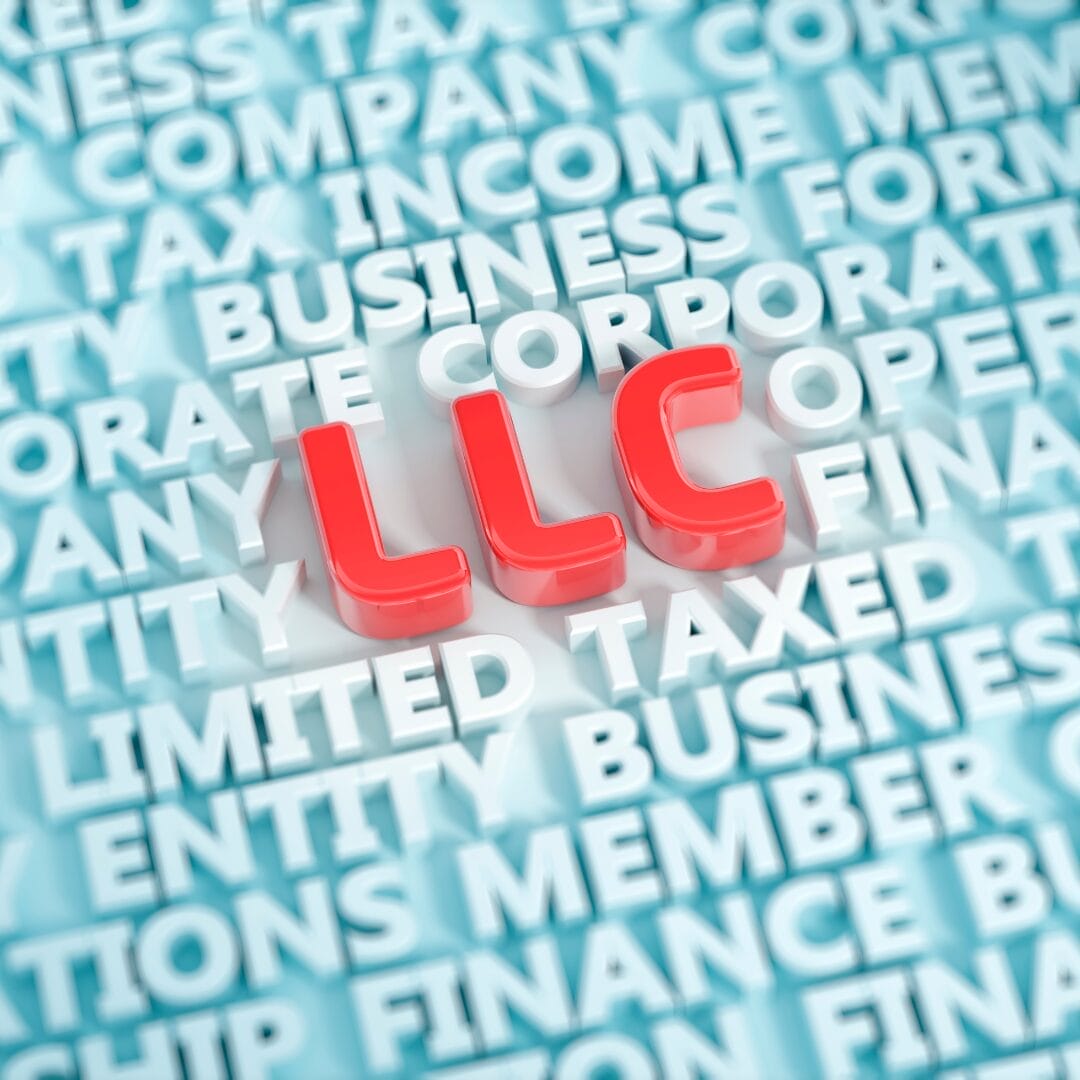“Before building my first 8 figure brand I destroyed 2 companies because of poor cash flow management.” This was a quote from a seller we met at a recent event. Cash flow is important, and so are these 10 essential financial metrics that every successful eCommerce seller should track. Consider hiring a firm to manage this complex process for you if you have reached a point where it no longer makes sense to manage internally. For reference, you will find a calculation reference key below to get a better understanding and how to interpret each topic effectively.
- Gross Profit Margin:
Gross profit margin measures the percentage of revenue remaining after deducting the cost of goods sold (COGS). It indicates the efficiency of your pricing strategy and the profitability of individual products. An eCommerce CPA can analyze gross profit margins to identify opportunities for cost optimization, pricing adjustments, and product profitability analysis, ensuring optimal revenue generation.
- Net Profit Margin:
Net profit margin reflects the percentage of revenue left after deducting all expenses, including operating expenses, taxes, and interest. It provides a comprehensive view of overall profitability and business efficiency. A CPA specializing in eCommerce can provide insights into cost reduction strategies, tax optimization, and profit maximization techniques, helping businesses improve overall financial performance and bottom-line profitability.
- Customer Acquisition Cost (CAC):
CAC represents the average cost incurred to acquire a new customer. It helps evaluate the effectiveness of marketing and advertising campaigns in relation to revenue generated. An eCommerce CPA can evaluate CAC trends, analyze marketing ROI, and develop strategies to optimize customer acquisition channels and reduce acquisition costs, maximizing marketing effectiveness and profitability.
- Average Order Value (AOV):
AOV measures the average amount spent by customers per order. Increasing AOV can boost revenue and profitability without acquiring additional customers. With expertise in financial analysis, an eCommerce CPA can identify factors influencing AOV fluctuations, such as pricing strategies, cross-selling opportunities, and promotional tactics, to drive higher transaction values and revenue growth.
- Customer Lifetime Value (CLV):
CLV estimates the total revenue a customer is expected to generate over their entire relationship with the business. It helps assess the long-term value of acquiring and retaining customers. By calculating CLV and segmenting customers based on value, an eCommerce CPA can tailor marketing and retention strategies, allocate resources effectively, and prioritize efforts to maximize long-term customer relationships and profitability.
- Inventory Turnover Ratio:
Inventory turnover ratio measures how efficiently inventory is managed and converted into sales. It indicates the liquidity of inventory and helps optimize inventory levels to minimize carrying costs. An eCommerce CPA can assess inventory turnover ratios to optimize inventory management practices, minimize carrying costs, and improve cash flow efficiency, ensuring optimal allocation of resources and inventory control.
- Return on Investment (ROI):
ROI evaluates the profitability of investments in marketing campaigns, product launches, or other initiatives. It assesses the return generated relative to the investment made. With a deep understanding of financial metrics and investment analysis, an eCommerce CPA can evaluate ROI metrics, assess the profitability of marketing campaigns and capital investments, and provide recommendations to optimize returns and minimize risk.
- Cash Conversion Cycle (CCC):
CCC measures the time it takes to convert investments in inventory and other resources into cash flow from sales. It helps assess liquidity, efficiency, and financial health. An eCommerce CPA can analyze CCC trends, identify inefficiencies in cash flow management, and implement strategies to shorten cash conversion cycles, improve liquidity, and enhance financial stability.
- Debt-to-Equity Ratio:
Debt-to-Equity Ratio compares the amount of debt used to finance operations to the amount of equity. It assesses the business’s leverage and financial risk. By monitoring debt-to-equity ratios, an eCommerce CPA can assess financial leverage, evaluate capital structure decisions, and recommend financing options to optimize debt levels and manage financial risk effectively.
- Churn Rate:
Churn rate measures the percentage of customers who stop purchasing from the business over a specific period. It helps identify customer retention issues and assess the effectiveness of retention strategies. With expertise in financial analysis and customer insights, an eCommerce CPA can analyze churn rate patterns, identify root causes of customer attrition, and develop retention strategies to improve customer loyalty and lifetime value, ultimately enhancing revenue and profitability.
Conclusion:
Tracking these 10 key financial metrics empowers eCommerce sellers to make data-driven decisions, optimize performance, and drive sustainable growth. By understanding the significance of each metric and monitoring them regularly, sellers can identify areas for improvement, capitalize on opportunities, and achieve long-term success in the competitive eCommerce landscape.
By hiring an eCommerce CPA to handle these financial metrics, businesses can benefit from expert analysis, strategic guidance, and actionable insights tailored to the unique challenges and opportunities of the eCommerce sector, driving sustainable growth and financial success.
Calculation Formulas
Gross Profit Margin: (Revenue – COGS) / Revenue * 100
Net Profit Margin: (Net Income / Revenue) * 100
Customer Acquisition Cost (CAC):Total Marketing and Sales Expenses / Number of New Customers Acquired
Average Order Value (AOV): Total Revenue / Number of Orders
Customer Lifetime Value (CLV): Average Purchase Value x Average Purchase Frequency x Average Customer Lifespan
Inventory Turnover Ratio: Cost of Goods Sold (COGS) / Average Inventory
Return on Investment (ROI): (Net Profit from Investment – Cost of Investment) / Cost of Investment * 100
Cash Conversion Cycle (CCC): Days Inventory Outstanding + Days Sales Outstanding – Days Payable Outstanding
Debt-to-Equity Ratio: Total Liabilities / Total Equity
Churn Rate: (Customers at Beginning of Period – Customers at End of Period) / Customers at Beginning of Period * 100
About ECOM CPA:
ECOM CPA is an eCommerce focused CPA that is dedicated to accelerating financial growth for their clients. A trusted guide to financial clarity 7-9 figure eCommerce business, offering solutions including: Fractional CFO Services, Accounting/Bookkeeping, Tax Planning, and Tax Filing. To date ECOM CPA has uncovered over $40 million in tax savings for their clients.




